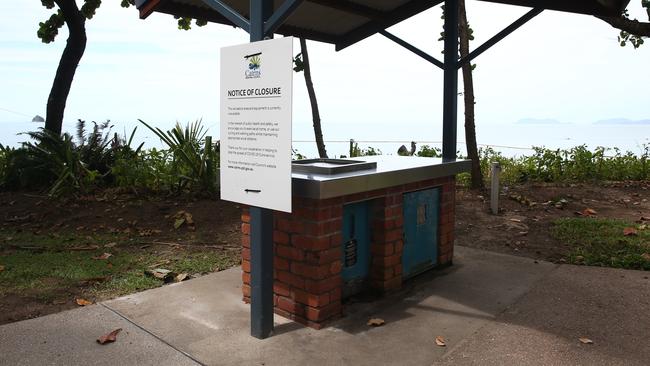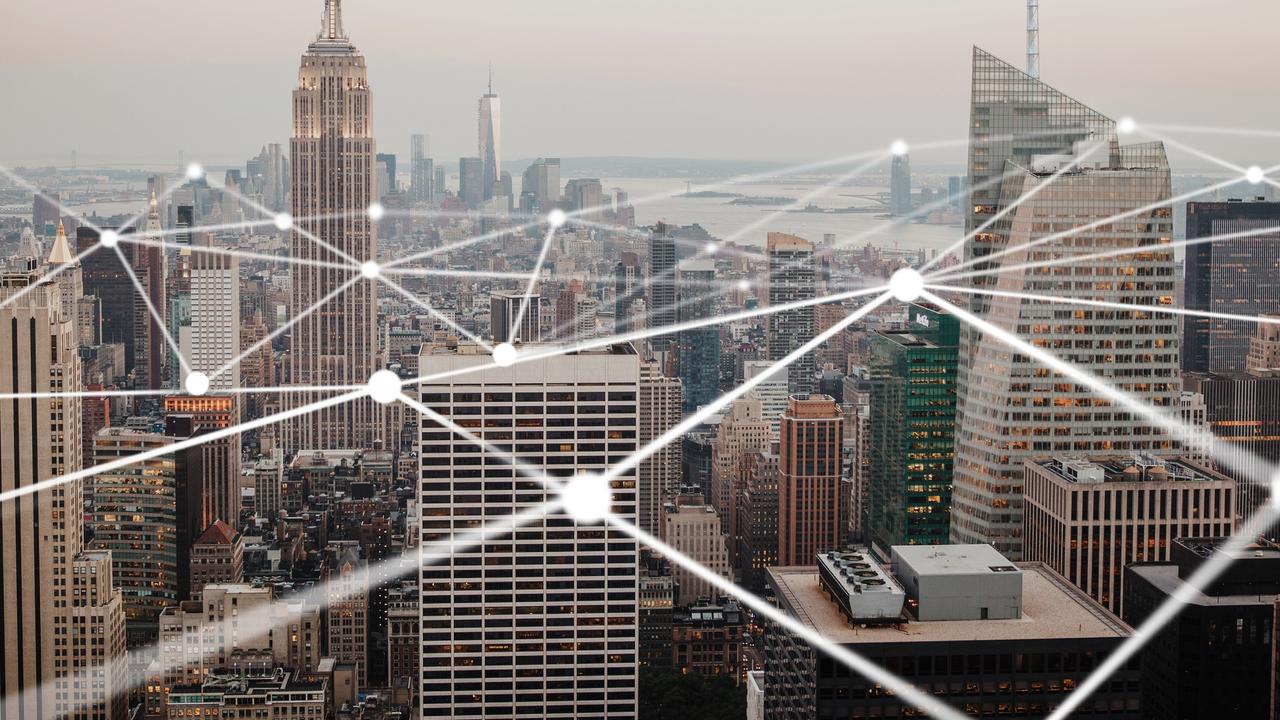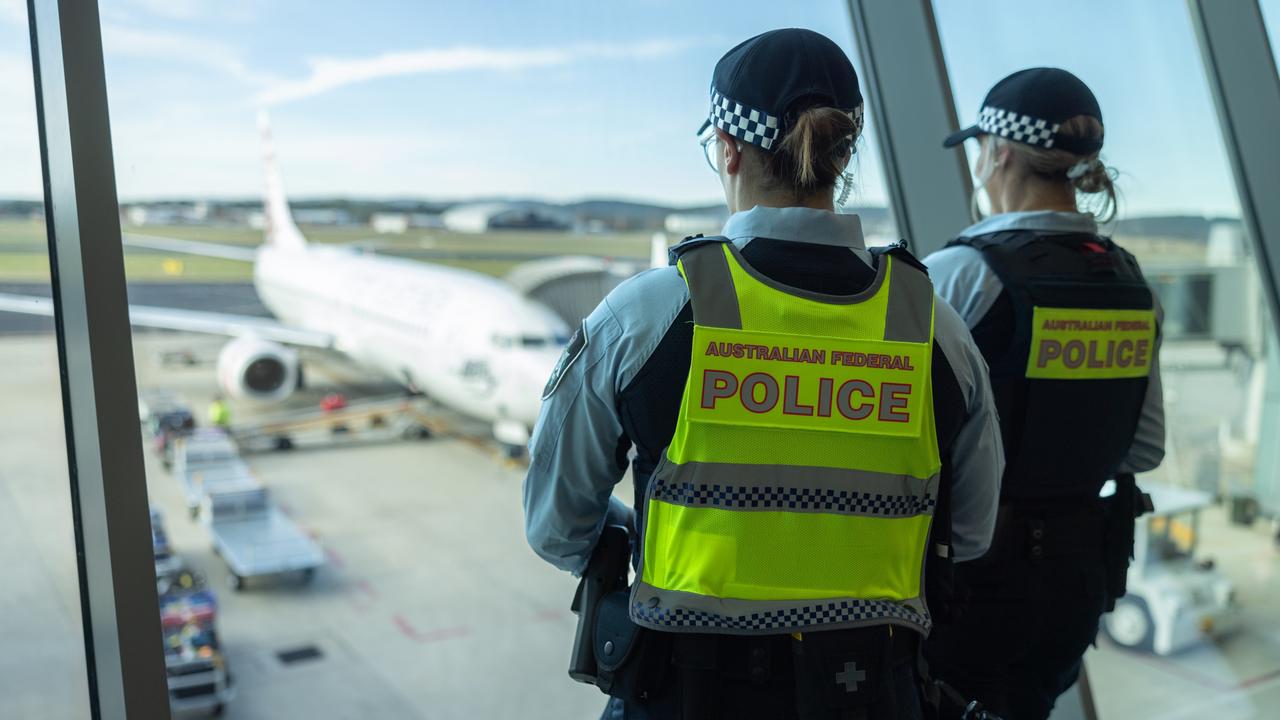Tourism industry stuck in a $45.4bn hole
Tourism is preparing to emerge from hibernation facing a $45.4bn international tourist-shaped hole.

With borders closed for the foreseeable future, tourism is preparing to emerge from hibernation facing a $45.4bn international tourist-shaped hole and a drastically changed ecosystem.
And while redirected overseas holidays will plug some of that gap, considerable doubt remains over how much and where that money will be spent.
“The industry was riding high pre-Christmas: record domestic travel, record international travel. The international numbers have been going just one way for the best part of 10 to 12 years — and that’s up,” says Simon Westaway, executive director at the Australian Tourism Industry Council. But the rosy glow disintegrated quickly as bushfires raged on the east coast, then COVID-19 grounded flights and the lockdown kept people at home.
The virus has already wreaked havoc on the sector, with unreleased analysis by the Tourism and Transport Forum illustrating the carnage. Between 430,000 and 530,000 tourism jobs have been lost this year, without accounting for indirect job losses, and the sector is bleeding $10bn every month social distancing restrictions remain in place.
“The good news is this is a big sector,” says Adele Labine-Romain, partner at Deloitte Access Economics. “And Australians have a huge appetite for travel, both domestically and overseas.”
In 2019, international and domestic tourism within Australia was a $138bn industry. About $100bn of that was already spent domestically, either overnight and or on day trips. When you account for overseas travel, last year Australians spent $170bn on travel. That’s $6500 per person, Labine-Romain says.
“The scary part of the story is even once you open up but international borders remain shut we have $70bn of the usual revenue wiped out,” she says.
While the federal government’s three-stage road map provides restaurants, hotels and tourist attractions with a timeline of when state borders will open, questions remain over how much people will travel, and where.
Two factors will determine the extent of the rebound in the tourism industry.
The first is the proportion of overseas travel that will be redirected domestically. Australians are big travellers — last year, we took just under 10 million overseas trips, spending about $68bn.
However, no one is confident about how much of that spending the industry will see, with domestic tourists already spending significantly less on their holidays than their international counterparts, even before Australia was struck by economic headwinds.
“The real issue here is the spend factor,” says Margy Osmond, chief executive of the TTF.
Tourism Research Australia data shows that, on average, domestic overnight trips only averaged $687 per trip in 2019, significantly less than the $2263 spent by international tourists.
The TTF estimates that the sector loses $3.96bn with each month borders remain closed and, with international spending reaching $45.4bn last year, Australians will need to spend big or travel often to fill the gap.
“Incoming travellers, particularly incoming Chinese, are our highest spend group, so it will be about the dollar spend not just the number of bed nights,” Osmond says. “On that score I honestly don’t think that Australians necessarily will meet the same spend outcomes.”
Second, with Europe and Bali off the cards for the time being, where will Australians choose to holiday?
Research by Gabby Walters, associate professor at University of Queensland, found that while people are keen to travel — half of the 528 people surveyed said they would travel once restrictions were lifted — the virus had changed people’s preferred destinations.
Her survey highlighted that Sydney and Melbourne were set to be the big losers, with people to shun capital cities for coastal and regional areas.
With bookings from September already on par with last year, David Jones, director of sales and marketing at upmarket hotel Elements of Byron, believes Byron Bay is perfectly placed for a resurgence in the “romance” of the road trip.
Already a “hyper domestic” destination, and wedged between southeast Queensland and Sydney, Jones believes the north coast of NSW will see a lion’s share of self-drive travel.
On the flip side, with the aviation industry facing a period of uncertainty, the Kimberley in Western Australia and the Red Centre in the Northern Territory may struggle to attract tourists due to difficulty of access.
Westaway also points to far north Queensland, after strategically positioning itself to attract Chinese and Japanese tourists, as a market that is gone for the time being.
While Australia’s brand has been enhanced by the government’s management of the crisis, the tourism sector is expecting a materially changed environment once borders eventually reopen.
“Do we truly think 800,000 US visitors will come to Australia in two years or three years time? Look at the situation. Do we think the Brits will be the same?” Westaway asks.
Labine-Romain agrees, and says even once the numbers return to pre-crisis levels, the composition of our market will look different.
“There will be markets that bounce back more quickly, but there will be lasting changes in our travel behaviour. The reasons that people travel and the places they travel to are going to shift,” she says. “I think the businesses in the sector — and there’s 300,000 of them — are having a rethink about who their customers are and whether they’ll be the same.”



To join the conversation, please log in. Don't have an account? Register
Join the conversation, you are commenting as Logout